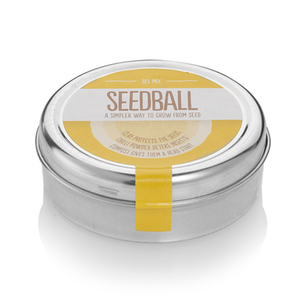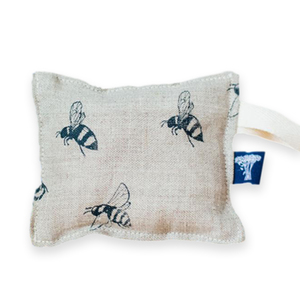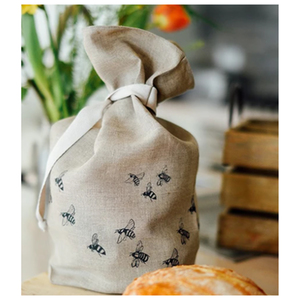
A little bit of History
It's all about the bees
 It has been a good year for the bees, what with the warm weather and so many of you concentrating on your gardens I’m sure there are more around than we have seen for years or is it that we have had time to stop and look, time to take in what is going on around us.
It has been a good year for the bees, what with the warm weather and so many of you concentrating on your gardens I’m sure there are more around than we have seen for years or is it that we have had time to stop and look, time to take in what is going on around us. In celebration of the humble bumble we have put curated a range of products and facts for you to enjoy.
A few fascinating facts about bees
Believe it or not, there are over 250 species of bee living in the UK and over 25,000 species living in the world
The European Honey Bee is one of the most common seen in the UK as it is generally used by beekeepers for their honey but we also commonly see Bumble Bees (the big fluffy ones and most commonly used to illustrate the bee in artistic representation) Leafcutter bees and Mason bees. Mason bees make their nests in old mortar and crevices so look for the holes in your walls!
Different Bees are active throughout the year and look for flowering plants rich in nectar and pollen which contain the sugar proteins and oils they need.
Different bee species have different sized tongues and therefore go for different shaped flowers.
There are around 70 crops that depend on our bees in the UK and organic farms have 50% more wildlife including bees
A hive will produce as much as 24 jars of honey in a season, but solitary bees produce none
A ‘waggle dance’ is used when the worker returns to the hive, it moves in a figure-of-eight and waggles its body to indicate the direction and location food sources over 6 kilometres away
Facts about honey bees
Honey bees are incredibly important pollinators for flowers, fruits and vegetables. They transfer pollen between the male and female parts, allowing plants to grow seeds and fruit.
Honey bees live in hives or colonies. The hive members are divided into three types:
Queen: There is only one queen and her job is to lay the eggs that will produce the hive’s next generation of bees. The queen also produces chemicals that guide the behaviour of the other bees.
These are the bees you usually see flying around outside of the hive.
Drones: These are the male bees, their role is to mate with the new queen. Several hundred live in each hive during the spring and summer. But when winter comes the hive goes into survival mode and the drones have to leave.
Honey is produced as food for the hive during winter. They produce 2-3 time more honey than they need, so there is plenty for us to enjoy too.
If the queen bee dies, workers will create a new queen by selecting a young larva and feeding it a food known as royal jelly enabling the larva to develop into a fertile queen.
Honey bees can fly at a speed of around 25km per hour and beat their wings 200 times per second.
Each bee has 170 odorant receptors, giving them an excellent sense of smell which they use to communicate within the hive and to recognise different types of flowers when looking for food
The average worker bee lives for just five to six weeks. During this time, she’ll produce around a twelfth of a teaspoon of honey.
The queen can live up to five years. In the summer months, she can lay up to 2,500 eggs a day.
To share information about food sources honey bees perform a dance known as the ‘waggle dance’. When the worker returns to the hive, it moves in a figure-of-eight and waggles its body to indicate the direction of the food source it has found.
The Honey bee is probably the best-known bee around, although there are over 270 species of bee have been recorded in Great Britain.
About The Bees
Select Your Currency:


